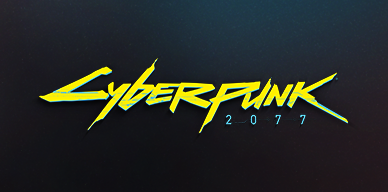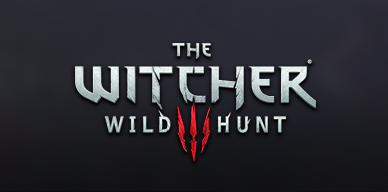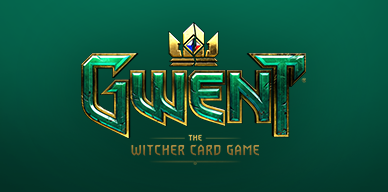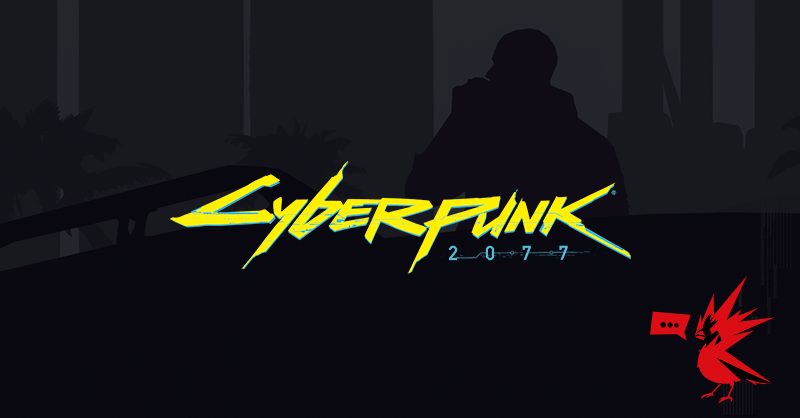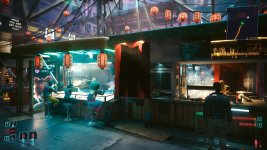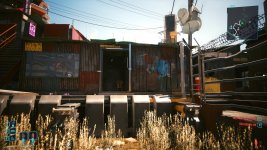Ever since patch 2.0, there has been a bug where the trees have black spots that go away and come back as you come near them. I am pretty sure it's all related to ray tracing specifically where any combination of ray tracing, path tracing and ray reconstruction causes it to happen.
In patch 2.1 there seems to be some sharpening halo when objects, especially tree leaves and power lines, are in front of smoke. I don't remember it so much in 2.0
Here are some screenshots of this issue.


In patch 2.1 there seems to be some sharpening halo when objects, especially tree leaves and power lines, are in front of smoke. I don't remember it so much in 2.0
Post automatically merged:
Here are some screenshots of this issue.
Last edited:
